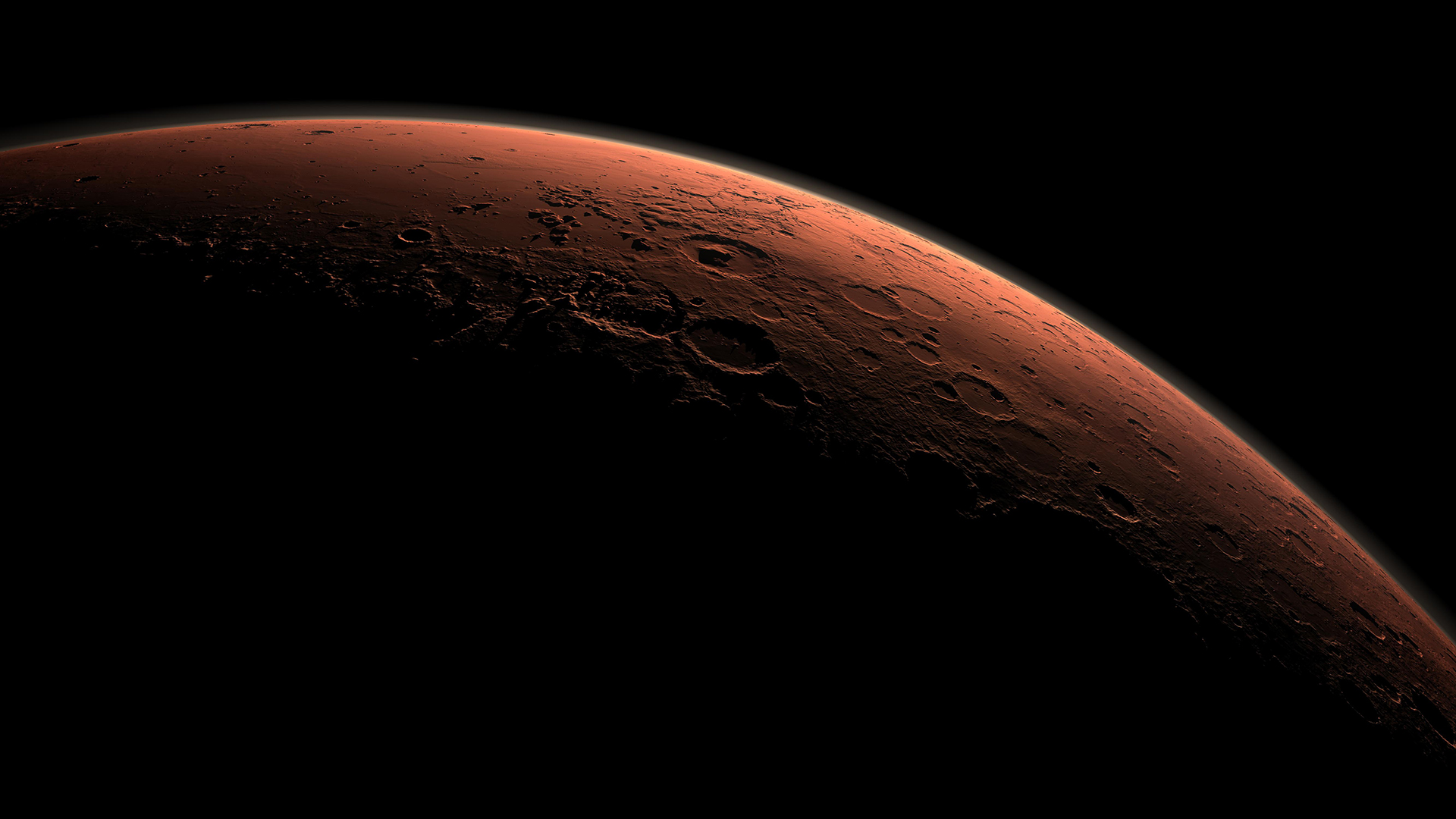
Title: Mars’ Crimson Tint Indicates a More Humid and Intricate Historical Narrative, Say Researchers
For many years, researchers maintained that the renowned red hue of Mars resulted from iron oxide—specifically, anhydrous hematite—developing in arid, oxidizing environments. Nevertheless, pioneering new findings published in Nature Communications are altering these perceptions, proposing that the distinctive dust of the Red Planet might have emerged from a significantly wetter epoch.
Under the guidance of Adomas Valantinas, a postdoctoral researcher at Brown University, the investigation reveals that the principal mineral responsible for the coloration of Mars’ surface is probably ferrihydrite—a hydrated variant of iron oxide. Crucially, ferrihydrite typically forms in the presence of liquid water, thus contesting the idea that Mars’ redness originated solely from a dry geological backdrop.
Key Findings
“This revolutionizes our comprehension of how Mars developed its reddish look,” states Valantinas, who initiated the research at the University of Bern. “Ferrihydrite can only crystallize when water exists, which indicates that the planet’s famous coloration emerged during a period when Mars was much wetter than previously assumed.”
The research team utilized a distinctive blend of data from missions conducted by NASA and the European Space Agency (ESA) alongside innovative lab experiments. Employing a high-precision grinding system to create ultra-fine dust—particles approximately 1/100th the diameter of a human hair—scientists synthesized analogs of Martian dust with various iron oxides. Their studies demonstrated that a mixture of ferrihydrite and basalt, a type of volcanic rock, yielded the closest spectral resemblance to the dust detected by orbiting spacecraft and rovers on Mars.
This direct analysis was executed using the same spectroscopic methods applied in missions like ESA’s Mars Express and Trace Gas Orbiter, and NASA’s Curiosity, Pathfinder, and Opportunity missions.
Challenging Established Theories
Historically, researchers posited that Mars’ red dust originated during the Amazonian epoch—a phase spanning approximately the last three billion years—via slow, continuous oxidation under arid circumstances. However, the new results indicate that most of the planet’s ferrihydrite likely formed earlier, during the late Hesperian epoch, a time marked by cooler and wetter conditions around three billion years ago. This period also witnessed volcanic activity, which may have heightened the interaction between lava, ice, and liquid water.
This suggests that Mars might have oxidized early in its timeline—but within a more humid environment—before evolving into the hyper-arid landscape observable today.
Ferrihydrite’s Durability
A significant critique of the ferrihydrite hypothesis previously was its perceived instability in dry settings. However, the research demonstrates that ferrihydrite can endure on the Martian surface for millions, potentially billions, of years even after its moisture content declines. In a 40-day dehydration study emulating Martian conditions, ferrihydrite maintained its unique, poorly crystalline form despite the loss of some adsorbed water.
“This mineral’s stability might be a crucial reason why Mars has preserved its coloration despite its current dry climate,” the study remarks.
Global Collaboration in Martian Research
The findings reflect a robust international scientific collaboration, using an extensive dataset compiled from various missions. Colin Wilson, ESA’s Trace Gas Orbiter and Mars Express project scientist, asserts that the project showcases the advantages of integrating diverse, complementary missions focusing on a single planetary body.
“This study serves as a testament to the combined datasets derived from the array of international missions investigating Mars from both orbit and the surface,” Wilson articulates.
Ferrihydrite and Planetary Climate Evolution
An additional noteworthy discovery is that ferrihydrite on Mars likely coexists with sulfates, which are generally linked to acidic, evaporative conditions. This mineralogical association supports a narrative suggesting that Mars transitioned from a climate conducive to liquid water to one that became increasingly acidic and dry during the late Hesperian period.
This refined perspective on Martian mineral composition and climate change provides valuable insights in the quest for ancient life and potential habitable environments. The presence of ferrihydrite implies that liquid water not only flowed on Mars’ surface at one point but also actively influenced the chemistry of rocks and sediments.
Looking Ahead: The Rosetta Stones of Martian History
Excitement is building for forthcoming missions that may corroborate or enhance these discoveries. ESA’s Rosalind Franklin rover and the ambitious NASA-ESA Mars Sample Return mission aim to bring back authentic Martian rocks and dust to Earth for thorough examination.
NASA’s Perseverance rover, currently gathering samples on the Martian terrain, could offer the first hands-on opportunity to verify the presence of ferrihydrite and evaluate its concentration in Martian dust.
“These returned samples will be the Rosetta Stones of Mars exploration,” states Wilson. “They will provide us with direct evidence of not only what Mars consists of, but also how its red surface has evolved throughout geological history.”
Conclusion
Mars remains visually unmistakable in its redness to observers, but its scarlet surface now conveys a far more intricate story—one enriched with water, volcanic activity, and a dynamic geological past.